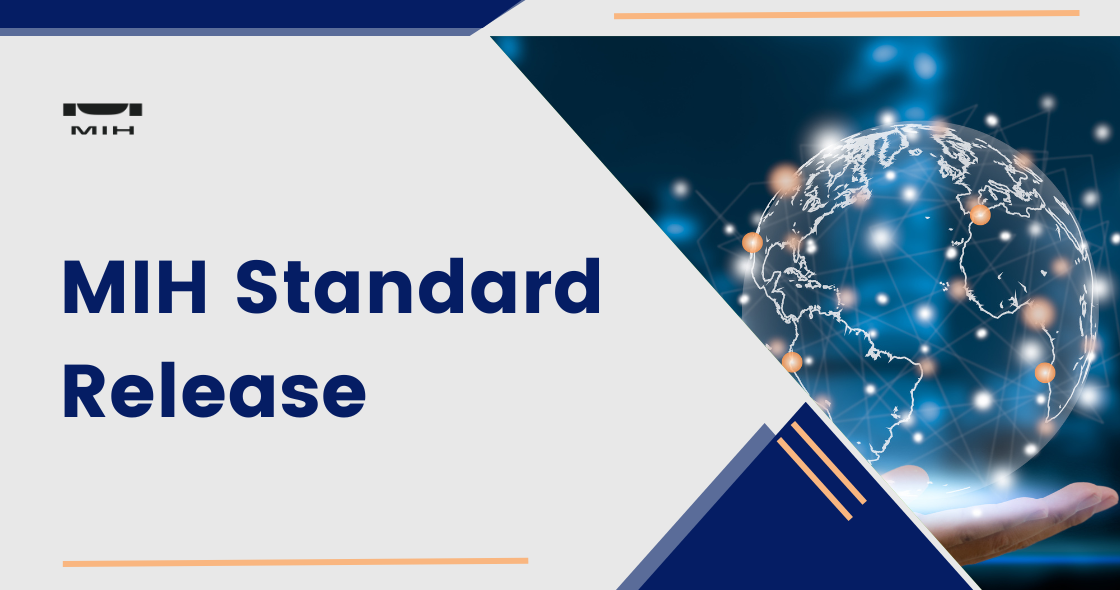👉MIH Member Services Introduction
👉Learn More about MIH Working Groups
MIH WG will focus on reference design and design standardization for
A segment passenger
Light duty commercial EV
Need members to participate
New ideas
Assembly or component R&D
Provide production capacity in each market place, support the strategy of BOL
Powertrain WG monthly meeting on 8/22 discussed:
1.Reference design : GVW3.5t two speed e-beam axle:
E-beam axle type most used for heavy duty CV, and IMW is more suitable for highly responsive performance vehicle.
The two-speed e-beam axle is simulating the gear strength, structural strength and fatigue life to the sample.
2. Powertrain design standardization results:
Using the method of adjusting the lamination length of rotor/stator, with the different gear ratio, it will be helpful to quickly integrate the parameters of the EDU.
The standardization methods can be used in all product lifecycle, from design, manufacturing, quality control, to after sales, also increasing the proportion of common parts, stabilizing quality, and simplifying the sales process and time.
3.Practical application of standardized powertrains:
Project X three- and six-seater models: Max. 60kW / Cont. 30kW two-in-one powertrain and inverter solution has completed the vehicle performance matching simulation and concept design.
In Security & OTA WG, we keep on discussing “How to defend your business from cyberattacks with Zero Trust? A comprehensive approach against cyberattacks”. In the meantime, we also noticed that the Electric Vehicle Supply Equipment should implement the cybersecurity solution in their products. Taiwan BSMI released "Technical Specifications for Cybersecurity Testing of Electric Vehicle Charging System" and NIST also released "Cybersecurity Framework Profile for Electric Vehicle Extreme Fast Charging Infrastructure".
This month, the team focused on evaluating whether the fields of property insurance models match real vehicle driving data, with the aim of enhancing the accuracy and efficiency of insurance ratings, and testing how to more effectively collect data to achieve more precise risk assessment. In addition, the group began to explore the possibility of on-chain battery passports, especially in the application of tracking carbon footprints. Through collaboration and technical research, the feasibility of on-chain tracking of carbon footprints was assessed, and possible solutions were discussed.
The 22nd meeting of the Smart Cabin Working Group, hosted by MIH on August 17th, continued its focus on enhancing the smart cabin system's architecture. A significant outcome was the introduction of the Connectivity Command Interface, tailored to meet wireless connectivity needs.This interface takes charge of configuring wireless WiFi and Bluetooth connections while providing timely status updates. Its purpose is to ensure smooth connectivity and user convenience.
Another development was the IMS (In-vehicle Monitor System) Command Interface. This interface monitors concentration and related status, triggering alerts or responses as necessary. Similarly, the Window Command Interface was defined to regulate seat window movement, adding to passenger comfort.
The Smart Cabin Working Group remains dedicated to advancing other APIs while actively seeking and incorporating user feedback for ongoing improvements. Corrections and enhancements will be addressed through collaborative discussions.
The Testing and Certification Working Group convened its 27th meeting on the 23rd of this month. During the meeting, representatives from the Institute for Information Industry(III) were invited to join and exchange insights on UNR144 (United Nations Regulation No. 155) regarding the Accident Emergency Call System (eCall). The Institute for Information Industry has been dedicated to the development of eCall for several years, with a strong focus on the software control stack. The working group, including SGS and TUV, also shared numerous industry experiences. This sharing session allowed the members of the group to gain a better understanding of the regulatory requirements concerning eCall, thus contributing to the advancement of future projects.
This month, the team focused on exploring the application scenarios of the carbon management platform, specifically on how to better manage carbon energy reduction schemes, and to meet the needs of commercial electric vehicles, as well as international or governmental requirements. In addition, we continue to strengthen the carbon inventory and carbon verification framework, and we hope to extend this work to the product supply chain and fleet management system to achieve more intelligent carbon management. If there are any related carbon inventory or carbon management needs, or if partners are interested in joining this project, please contact the person in charge at shock.tung@mih-ev.org
This month, the team continued to delve into the technical development and optimization of the engineering prototype, which primarily serves as a carrier for ground mobile equipment to receive low Earth orbit satellite communication signals. Utilizing this technology, and in collaboration with the Industrial Technology Research Institute (ITRI)'s rich experience, the team jointly explored ways to enhance electric vehicle user experience and expand the diversity of use-case applications. Additionally, the team's chairperson will present some application demos at the International Aerospace and Defense Industry Exhibition in September. The group's work not only includes defining use cases and clarifying technical requirements but also preparing related solutions for the next steps in development and testing.

MIH Consortium
2024-08-30

MIH Consortium
2024-08-30

MIH Consortium
2024-08-30